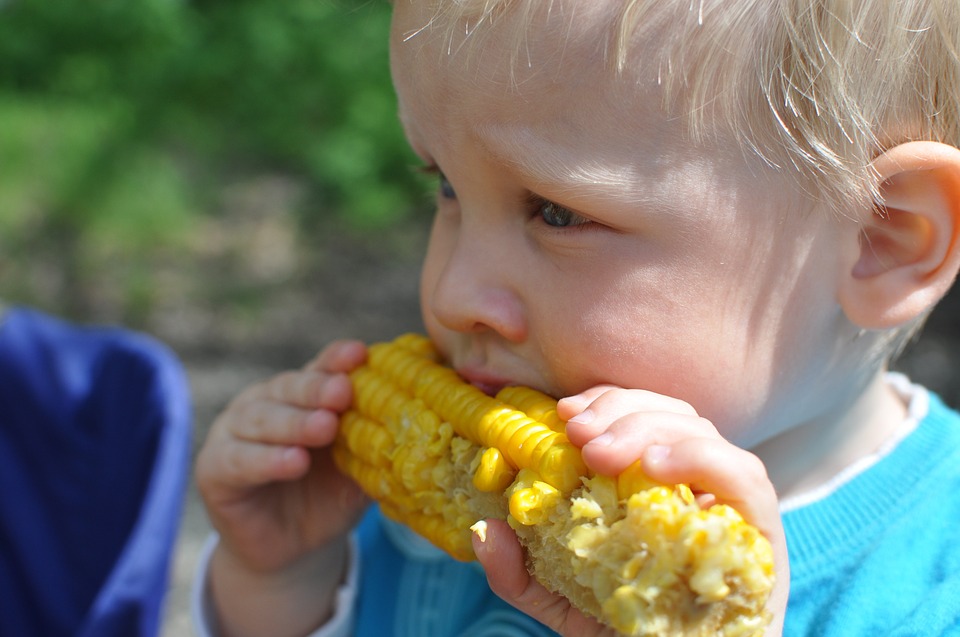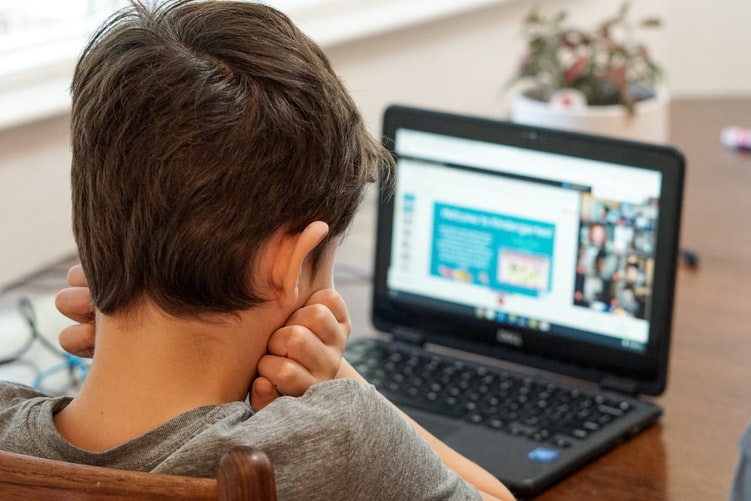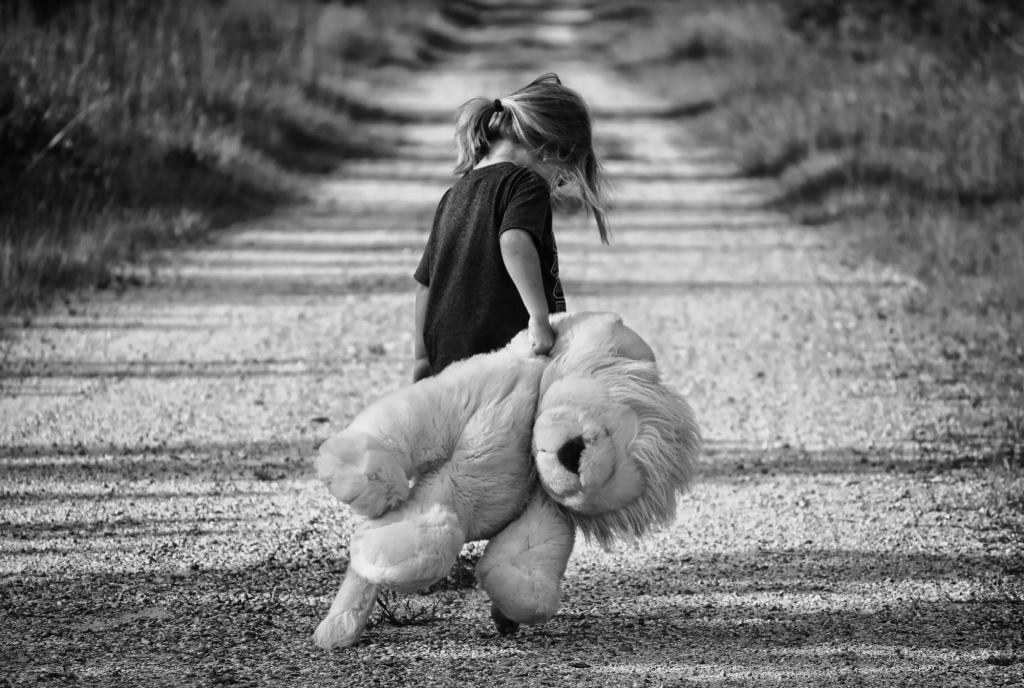Kids are naturally attracted to shiny and pretty things. Parents who love to dress-up their kids in fashionable clothing sometimes wonder if jewelry is also appropriate for little ones. Although some pieces are better left for the grown-ups, there are accessories that are also appropriate for children. Of course, it depends on the child’s age or the specific occasion for wearing it.
Children’s jewelry worn on special occasions
If there’s one reason to buy jewelry for children, it’s when there’s a special occasion. Every event is unique, and your child needs to dress appropriately as well. And like clothing, there are many accessories to choose from. So how do you choose a piece of jewelry fit for the occasion?
For religious events like christenings and bar mitzvahs, you need to consider the relevance of the observance. Tradition also plays an important role in choosing a piece. A safe option would be a rose gold name necklace, a birthstone bracelet, or anything that complements your belief.

Birthdays are a more fun occasion because you can choose something more personal or unique. There are a lot of perfect options to choose from. For example, a gold locket with a family picture inside would be quite meaningful. Charm bracelets are also great because the child can collect charms while growing up. For boys, a good option would be a simple gold chain or a watch. Boys should feel comfortable wearing jewelry at a young age so that they’ll be more at ease with it as they grow up.
If you’re thinking of giving jewelry as a gift for special milestones such as graduations, the options are also endless. Most parents give pieces with special meaning such as monogram rings, engraved bracelets, and watches.
Most appropriate jewelry for children
Here is another list of options if you’re considering buying a piece of jewelry for your child for the first time.
Stud earring. Getting their ears pierced is considered a right of passage. A simple stud works well as your child gets accustomed to wearing jewelry. Later on, you can buy birthstone earrings or experiment with dangling pieces when the child is older.
A statement necklace. A locket or a name necklace is always a good choice for a child. A simple chain design is great for everyday use as well.
Friendship bracelet with charms. Friendship bracelets aren’t technically jewelry, but a type of accessory your child can make or personalize. There are kits available online with a variety of options such as beads and semi-precious stones. Giving this as a gift will encourage creativity and self-expression.
Watch. A watch is a suitable choice for an older child. It gives a sense of responsibility and trust. You can choose from different types of bands and styles that will suit your child.
Don’t hesitate to allow your children to wear jewelry. There are many child-appropriate pieces to choose from. Also, accessories are an extension of one’s style and personality. And at a young age, you can develop your child’s confidence by letting them accessorize their outfits.



